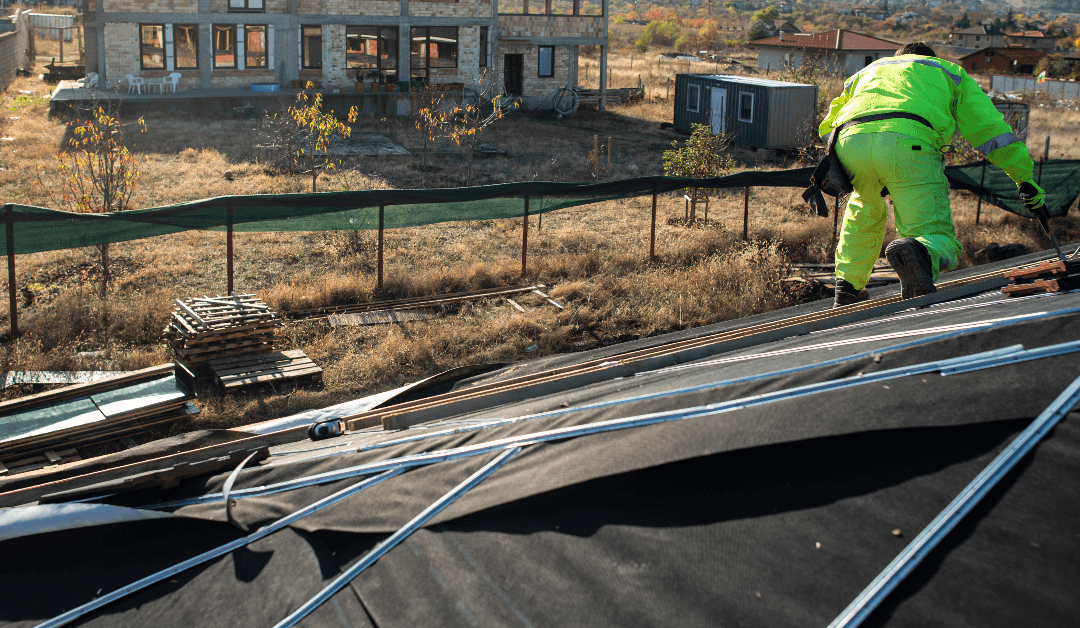Roofing felt is the protective barrier between the plywood and shingle layers of a roof. It is an excellent moisture barrier, but what happens when the roofing felt itself gets wet? We will discuss the answer to this, as well as more information on roofing felt below! To learn more about roofing felt, visit SYL Roofing Supply in Tampa & Orlando online today.
What Is Roofing Felt, And Can It Get Wet?
Roofing felt is also sometimes called “tar paper.” It’s a compact, wool-like material, usually made of either condensed fiberglass or polyester fibers, that works as a support material for roof shingles. It is not a sponge-like material, as it repels water more than it absorbs it.
Fortunately, roofing felt can get wet and still maintain its integrity. However, because it is meant to repel water and not absorb it, it can break down if it stays wet for too long, so it must have time to dry out. Too much sunlight can also cause roofing felt to break down, so it is not very appropriate for climates that are either very wet or very dry.
Installation Tips
It is essential to install roofing felt carefully to ensure it will be effective. Make sure it is not wrinkled at all when you are laying it, as these wrinkles can turn into cracks and cause a leak in the future. You should also inspect the roofing felt as you are installing it to be sure there are no holes or tears in it, as this can also compromise the integrity of the material.
After you have placed your roofing felt, the next step is to install the shingles. It is important to make sure the roofing felt is completely dry before placing the shingles because any moisture in the roofing felt cannot evaporate once they are placed over it. Wet roofing felt may also rip while you are installing the shingles, rendering the felt underneath useless.
Why You Should Always Install Roofing Felt On Your Roof
As a protective layer between your decking and your shingles, roofing felt is excellent for structural integrity and protects against leaks and rot. During heavy rains and snow, excess water can become trapped under your shingles, and roofing felt helps more water drain off before it causes a problem. Similarly, it can help protect against ice dams in the winter.
Another benefit of roofing felt is additional strength for your shingles. With the extra layer between the plywood and the shingles, there is less of a chance of shingles becoming loose or falling off during heavy winds.
Contact Us
Roofing felt is an important intermediary layer between the shingle and plywood layers that make up your roof. It provides advanced leak protection and can help prevent wood rot. While it is okay for roofing felt to get wet, it should not get too wet or remain wet for too long. If you are considering giving your home a new roof, contact SYL Roofing Supply in Tampa & Orlando. We provide wholesale and retail roofing supplies, including asphalt shingles!

